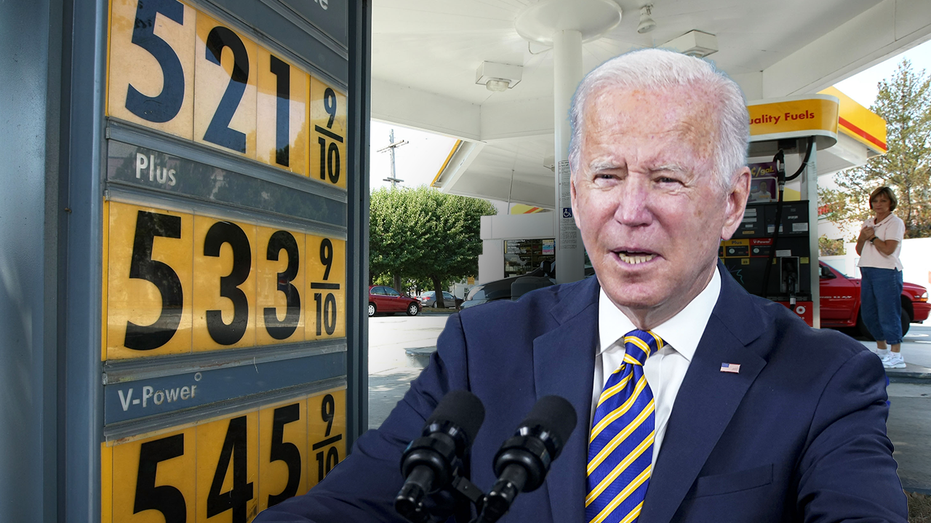MAY 9 NOON:
At midday: TSX hits 3-month low as Shaw, resource-linked stocks tumble
Canada’s main stock index touched a more than three-month low on Monday, pulled down by Shaw Communications and resource-linked stocks as commodities retreated on worries over a slowdown in global economic growth.
At 10:42 a.m. ET, the Toronto Stock Exchange’s S&P/TSX composite index was down 452.8 points, or 2.19%, at 20,183.42, hitting its lowest level since Jan. 25 with all sub-sectors in red.
Shaw Communications Inc plunged 9.2% to the bottom of the index after Canada’s Commissioner of Competition said it intends to oppose Rogers Communications Inc’s proposed $20-billion merger with the company.
The energy sector dropped 4.7%, as oil prices fell, weighed down by a strong dollar and demand concerns on the back of extended coronavirus lockdowns in China, the world’s top oil importer.
The materials sector, which includes precious and base metals miners and fertilizer companies, lost 3.2% as gold prices retreated 1% as a firmer dollar and elevated U.S. Treasury yields weighed on the appeal of non-yielding bullion.
“The rally in commodity prices on Friday helped to cushion the blow in Canada relative to the U.S., (on Monday) we see a reversal to that with stocks under pressure and with commodities under pressure,” said Colin Cieszynski, chief market strategist at SIA Wealth Management.
Toronto-listed technology stocks, down 3.6%, fell for the third straight session, tracking weakness in the U.S. tech-heavy Nasdaq index.
The financials sector slipped 1%, while the industrials sector fell 2.4%.
Concerns around a slowdown in global growth amid lockdowns in China and prospects of aggressive policy tightening by major central banks pressured global investor sentiment.
Investors waited for earnings from major Canadian companies including Suncor Energy, Manulife Financial, Canadian Tire and Canada Goose due later in the week.
“Unless there is some huge surprise from a specific company, for most part macro forces will be driving the markets,” Cieszynski added.
U.S. stocks slid on Monday as higher U.S. Treasury yields hit growth stocks amid prospects of aggressive monetary policy tightening, with investor sentiment taking a hit from fears of a sharp economic slowdown in China.
All of the 11 major S&P sectors fell in early trading.
The energy sector tumbled 3.4% as oil prices fell more than 2%, sparked by weak China data and a tighter COVID-19 lockdown in Shanghai that deepened fears that the global economy is headed for a slowdown.
The tech-heavy Nasdaq dropped 3.4%, while the benchmark S&P 500 index hit its lowest level in a year as megacap stocks Microsoft Corp, Amazon, Apple Inc, Google-owner Alphabet Inc, Meta Platforms and Tesla Inc fell between 2.3% and 3.2%.
Benchmark 10-year U.S. Treasury yields were at 3.12% after hitting their highest levels since November 2018 earlier in the session as expectations of higher interest rates unnerved investors.
After a 50 basis points increase in interest rates this month by the U.S. central bank, many traders expect it to raise it by another 75 basis points at its June meeting.
“The market is focused on long-term interest rates. The higher they go, the more they’re afraid of a recession or a stagflation economy,” said Christopher Grisanti, chief equity strategist at MAI Capital Management in Cleveland.
“The fear has become so great that everything is getting sold, the proverbial throwing the baby out with the bathwater.”
The U.S. Federal Reserve can stick to half point interest rate hikes for the next two to three meetings then assess how the economy and inflation are responding before deciding whether further rises are needed, Atlanta Fed president Raphael Bostic said.
Investors will keep a close eye on the U.S. inflation data for April for clues on whether the price pressures are reaching a peak.
The Dow Jones Industrial Average was down 333.72 points, or 1.01%, at 32,565.65, the S&P 500 was down 62.00 points, or 1.50%, at 4,061.34, and the Nasdaq Composite was down 238.81 points, or 1.97%, at 11,905.85.
Technology-focused growth stocks have faced the brunt of the sell-off this year as their returns and valuations are discounted more deeply when yields rise.
The tech-heavy Nasdaq notched a fifth straight weekly loss on Friday, its longest losing streak since the fourth quarter of 2012.
The S&P 500 growth index has dropped nearly 22.8% so far this year, compared to a 13.5% fall in the benchmark index .
The first-quarter earnings season is in its final stretch, and of the 434 S&P 500 companies that have reported results as of Friday, 79% have topped analysts’ estimates, according to Refinitiv.
Declining issues outnumbered advancers for a 5.92-to-1 ratio on the NYSE and a 4.82-to-1 ratio on the Nasdaq.
Reuters









